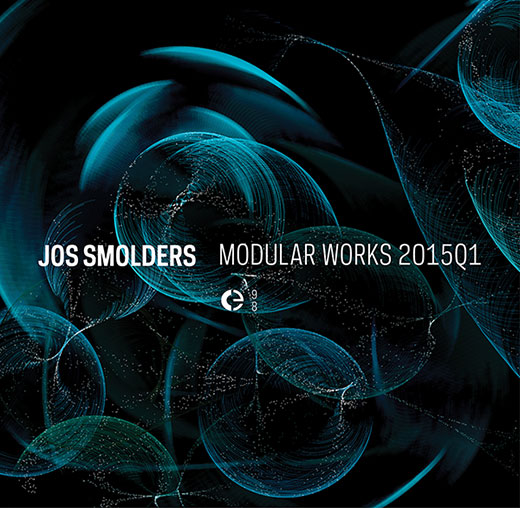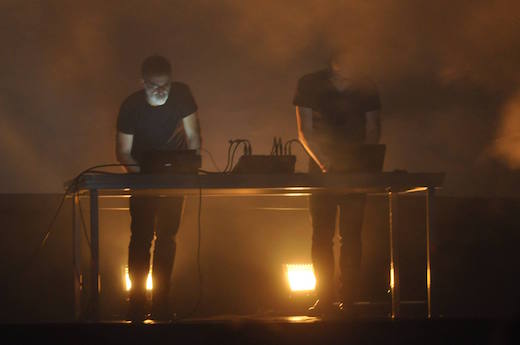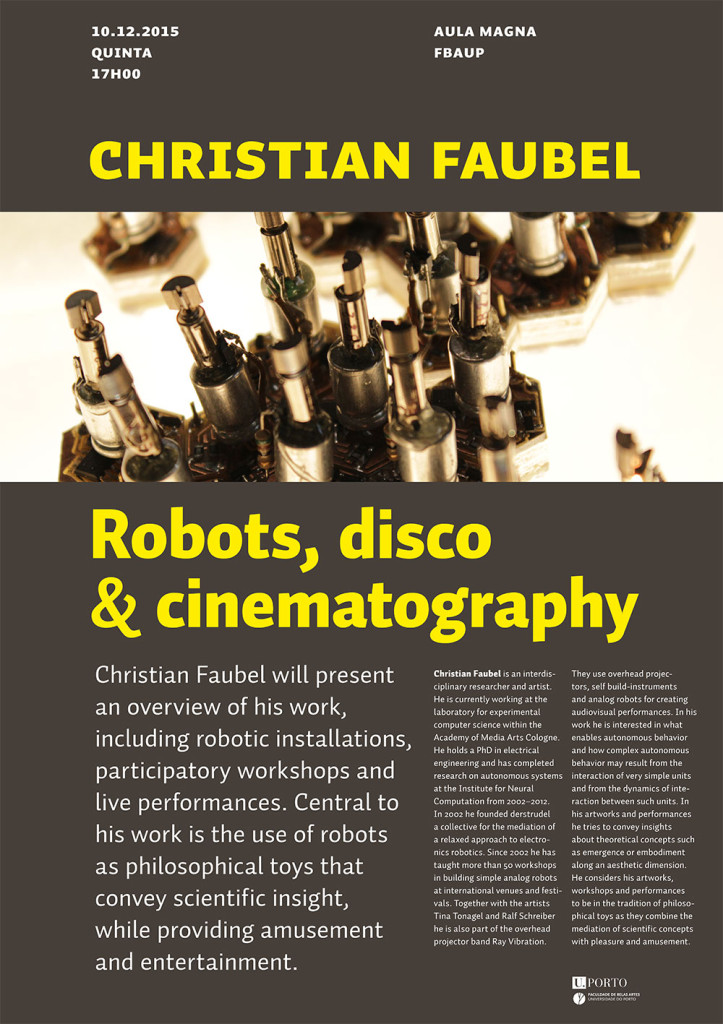
The name of Jos Smolders should say something to many followers of the most hidden recesses of electronic and experimental music, as you could have met it as the signature of some articles on well-known Vital magazine or less recently on EARLabs.org, a label he made that turned into a proper webzine and one of the most updated source of information for electronic community by focusing on many aspects of the expanding netaudio scene (online services, net labels online magazine, social media functionalities and so on), but besides the editorial activity, Jos is primarily a sound artist, who knows modular synths like the back of his hand and this release is the most convicing proof of his knowledge. This digital release came as the attempt of combining together isolated sonic objects that he made while mastering and restoring 10 albums by Pierre Henry into a proper composition as Jos himself said: “I composed these works during the first months of 2015. They are clearly defined constructions, built in a modernistic fashion. The sounds have a character of their own but I force my will onto them and thus create a composition. [..] The theatrical approach of henry is clearly audible in these works. I started with a certain mood in my head and worked from there. First collecting the initial sounds (objets sonores), reworking and editing them and in the mean time placing them in a timeline”. Three of the four works got dedicated to Robert Hampson (“an inspiring conversationalist on the subject of Musique Concrete”, in Smolders’ own words) and features really amazing sonic entities: I particularly enjoyed “light” and “debris”, the second and the third composition, as they sound like sonic translations of mental states that someone could experience during prolonged working in isolation, where ordinary noises like the crackling of a wooden floor or a chair (“light”) or a clock(“debris”) got somehow defomed by senses, as well as the 12-minutes lasting “TomTomTomTom”, where a breathe and a ticking into a set of impressive modular sounds gradually render a really oblique listening experience. Vito Camarretta
via Chain DLK







